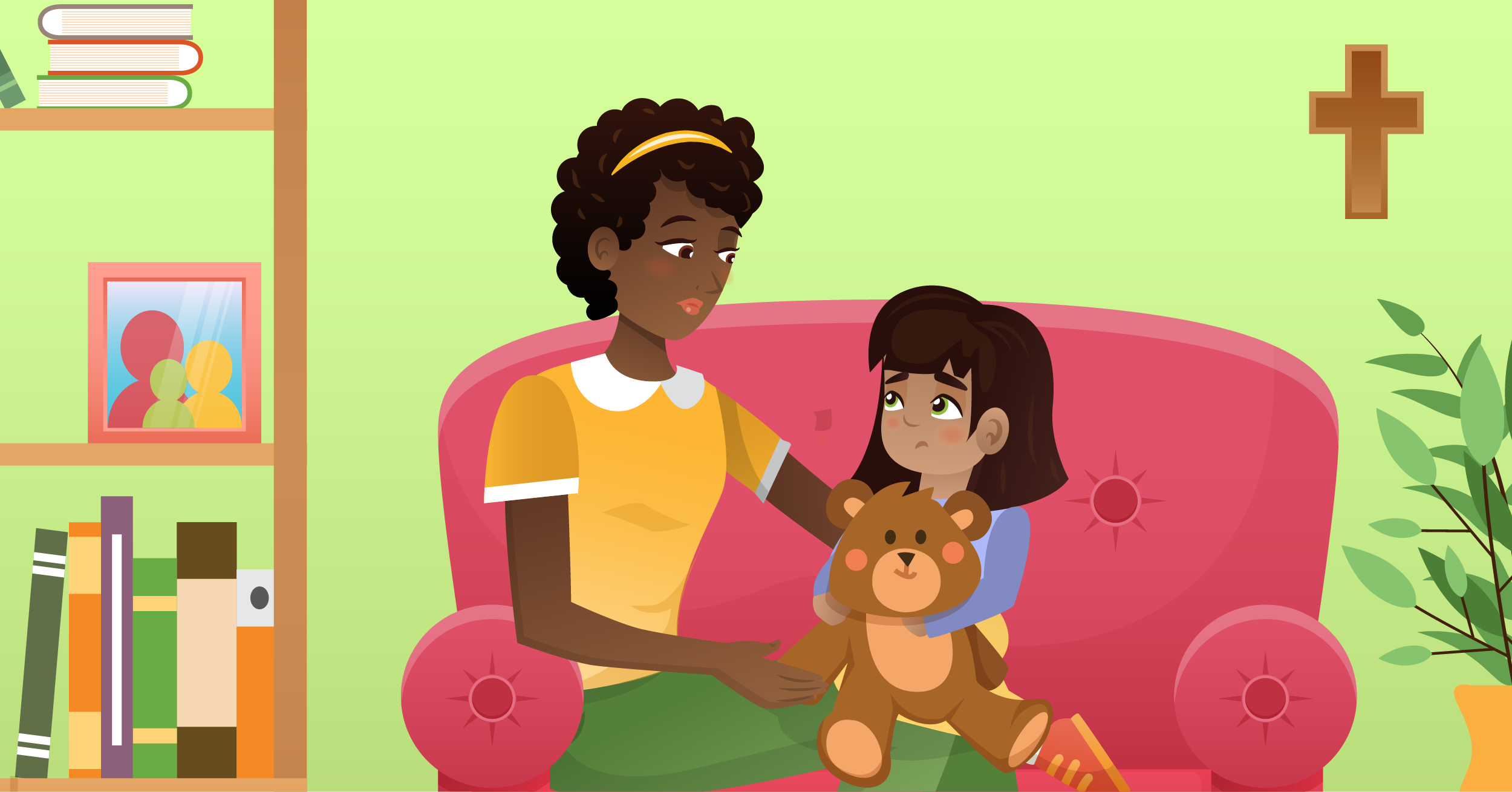Be an Advocate to End Bullying

Bullying doesn’t just happen to kids, many young adults and even older adults experience bullying in the form of physical or verbal abuse. Be an advocate for confronting bullying. Educate yourself on what to look for and what to do, so you can confront bullying.
5 Signs that someone is getting Bullied
- Disliking or underperformance in school/work
- Trouble sleeping
- Avoiding social situations
- Changes in eating habits
- Frequent stomach or headaches
4 Ways to Help
- Listen! Hear what they have to say
- Show them that you are taking their situation seriously
- Remind the person that being bullied is not their fault
- If the bullying occurs at school/work, work with the school/HR. If it’s online, report the bully and limit social media use
3 Types of Bullying
- Verbal (most common in schools)
- Cyber (more common than you think; happens with young adults as well)
- Physical (least common type)
2 Identifiers of a Bully
- Kids or adults who possess social power or pressure to be popular
- Outsiders with lower self-esteem, easily pressured to act out at the expense of others
1 Goal
- The main goal is to identify bullying early on and connect both the bully and the one being bullied to the right resources to send them on the right path. Bullying will never completely be gone, but being connected with your kids and those around you can help identify issues early on. This is either if they are being bullied or if they bully others, where parental intervention can make a huge difference.
For more assistance or resources, visit these sites:
https://medlineplus.gov/bullyingandcyberbullying.html
https://www.stopbullying.gov/at-risk/warning-signs/index.html